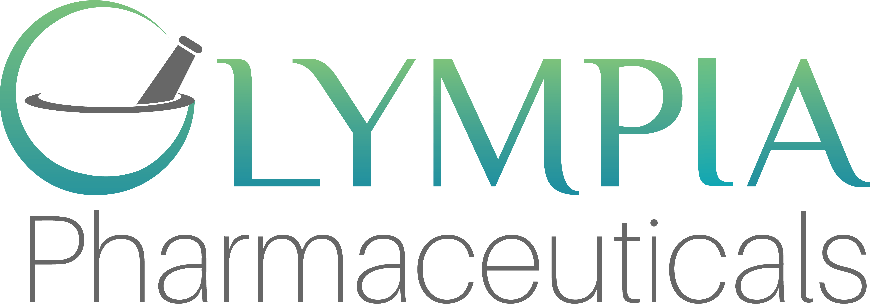Oxytocin is a hormone produced mainly by the hypothalamus (an almond-sized region of the brain) and is released either directly into the blood via the pituitary gland or to other parts of the brain and spinal cord. Best known for its role in childbirth, oxytocin plays a vital role in triggering uterine contractions. Many times if contractions are not powerful enough to complete delivery, the mother will be given oxytocin to help the labor process and contractions. Oxytocin has also been studied for its role in social bonding and possible anxiolytic properties.
Oxytocin

What is Oxytocin?



Benefits of Oxytocin
Oxytocin may be prescribed for Female Orgasmic Disorder, Female Arousal Disorder or for those women who just desire a more powerful orgasm or multiple orgasms.
Recent research has shown that oxytocin may have many other far-reaching effects, particularly when it comes to relationships and emotional involvement. Oxytocin is the reason why we form all sorts of deep connections, not only with our children but with our partners, friends and even our pets and is often called the “bonding hormone”. Oxytocin also may play a role in the non-procreative aspects of sex.
Research has shown that for women, not only is oxytocin released during orgasm, it appears to be responsible for causing orgasms in the first place. Research indicates that oxytocin causes the nerves in the genitals to fire spontaneously, and this leads to powerful orgasms. In women, during orgasm, oxytocin levels become stratospheric. During peak sexual arousal, if a woman’s brain is flooded with oxytocin, she may indeed be capable of multiple orgasms.
Sometimes called “the cuddle hormone”, oxytocin is released in response to a variety of environmental stimuli including skin-to-skin contact and cervical stimulation experienced during sex. At normal levels, oxytocin encourages a mild desire to be kissed and cuddled by your lover. Being touched (anywhere on the body) leads to a rise in oxytocin levels. This causes a cascade of reactions within the body, including the release of endorphins which results in both biological and psychological arousal.
The nerves in erogenous zones, such as the earlobes, neck and genitals, become sensitized by the effects of oxytocin. It promotes a bond of intimacy, closeness and desire which increases sexual receptiveness and the desire to be touched further—being touched further causes even more oxytocin to be released and so desire and arousal are heightened even more. Given its ability to generate deep and profound emotional connections, and its ability to fuel feelings of sexual intimacy and desire culminating in powerful orgasms, oxytocin really is the nearest thing to a love drug.
Oxytocin for Postpartum Depression
Research suggests that pregnant women who have lower levels of the hormone Oxytocin may be at greater risk to develop postpartum depression. Oxytocin has been called the “cuddle hormone” or “hormone of love” for its ability to foster feelings of bonding and also to produce more frequent, powerful orgasms in women.
Oxytocin has also been linked to parenting behaviors. A study performed by researchers at the University of Basel in Switzerland explores the relationship between oxytocin levels during pregnancy and postpartum depression, which affects as many as 20% of women. Gunther Meinlschmidt, Ph.D., was the lead researcher on this study at the university.
The study measured the oxytocin levels of 73 healthy pregnant women during the third trimester of pregnancy. The women were given written tests during pregnancy and again, two weeks after giving birth, to determine their risk of postpartum depression. Based on their test scores, 14 women were found to be at risk of postpartum depression. Lower oxytocin levels prior to giving birth were also associated with the 14 women.
This study may be a breakthrough in treating postpartum depression. Oxytocin nasal spray may help relieve some symptoms of postpartum depression.
Symptoms of Postpartum Depression
- – Experiencing stress or moodiness after giving birth is normal. However, if these feelings last for more than a few weeks, it’s important to seek help, as these symptoms not only affect the mother, but also the child.
- – Postpartum depression can include negative feelings toward the baby, lack of motivation, mood swings, appetite and weight changes and even thoughts of suicide.
Sexual Response Study
To determine the psychophysiological correlates of hormonal response during sexual activity, systolic blood pressure (SBP), anal electromyography (EMG), and anal photoplethysmography (APG) were monitored continuously throughout testing in 13 women and 10 men. Each subject completed two or more tests of self-stimulation to 5 min beyond orgasm. Blood samples were obtained continuously for measurement of oxytocin (OT) levels. In both men and women, very high positive correlations were observed between the percentage change in levels from baseline through orgasm of: OT and SBP; OT and EMG intensity prior to and during orgasm; APG and EMG. The number of anal contractions and duration of orgasm were also highly correlated. Two patterns of orgasm were defined by the presence or absence of a quiescent period between orgasmic contractions. EMG and APG amplitudes correlated with the pattern of orgasm. Subjective orgasm intensity correlated significantly with increased levels of OT in multiorgasmic women only. The positive correlations between measures are consistent with a possible functional role for OT in human sexual response.
Oxytocin in Postpartum Depression
Researchers at the University of Basel, Switzerland, measured oxytocin levels in 73 healthy pregnant women. Sixteen reported previous episodes of major depression that had ended at least two years before they joined the study.
Blood samples to measure oxytocin were taken during the third trimester of pregnancy. The women were given written screening tests to assess their risk of depression during pregnancy and again within two weeks of giving birth.
Overall, 14 women were determined to be at risk for postpartum depression based on their test scores. The risk of depression was not different between mothers who were breastfeeding and those who were not. Lower oxytocin levels before birth were associated with a greater risk of postpartum depression.
Sources:
Skrundz, M. Neuropsychopharmacology, online, May 11, 2011
Gunther Meinlschmidt, PhD, assistant professor of psychology, University of Basel, Switzerland.
Carmichael, M.S. et al, Plasma oxytocin increases in the human sexual response.
J. Clin. Endocrinol. Metab. 1987/64 (1) / 27 – 31
Online References:


